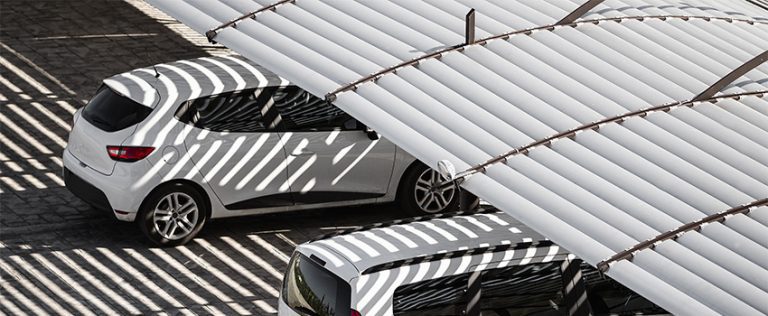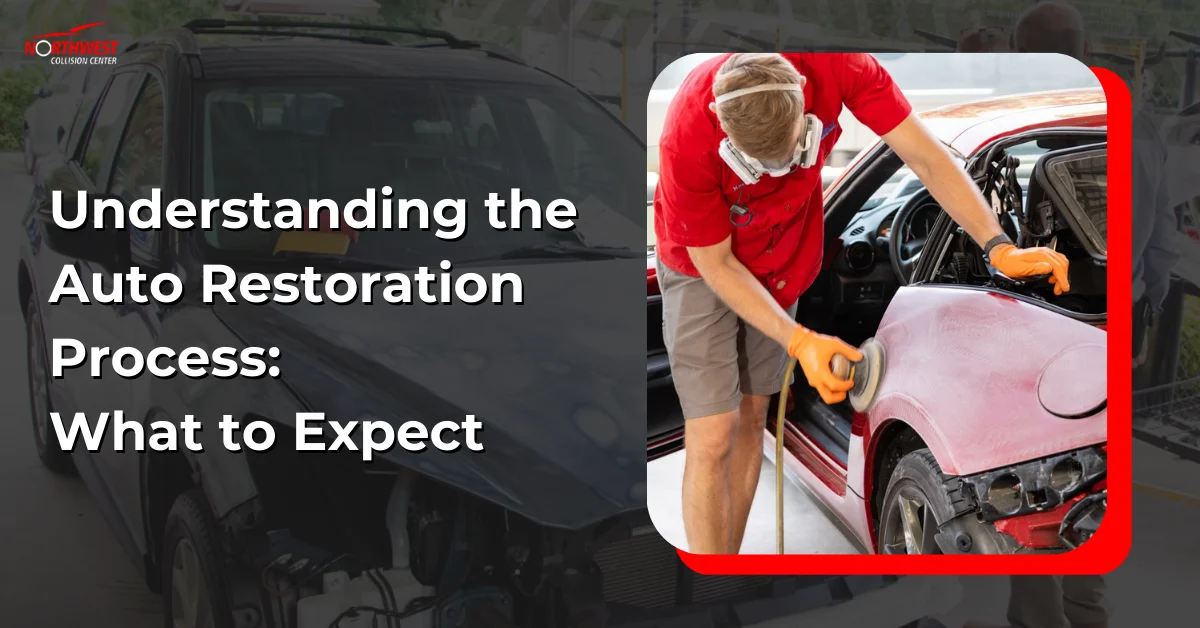As much as we hate the heat during the summer, it also has a huge effect on our vehicles. Summer heat can negatively affect all types of vehicles, but electric vehicles are the most sensitive when it comes to extreme weather conditions. The reason why EVs are sensitive to heat is because EV batteries do not have the same driving range of gas tanks.
Although the cold weather has more effect on electric vehicles, hot weather has an effect on the range of EVs as well. If it makes your EV stress its battery more than usual, expect it to lose its power more than usual. That’s why you have to know the basics of electric vehicle maintenance during extreme weather.
Here are 6 tips to beat the heat in your electric vehicle during the summer:
1. Limit Air Condition Use
During the hot weather, keeping your electric vehicle cool should be your top priority. However, since it can also drain your battery fast, be mindful of how long you run the air conditioning. If you cannot use it on a fan setting, keep your air conditioning at a reasonable temperature at all times.
Another way to keep the heat outside without having to use too much battery power is to run your air conditioning before unplugging from the charger. That way, you can keep the inside cool before your trip and then maintain it on a lower setting while on the road, maximizing your battery life and keeping it for a longer period.
2. Always Precondition
Preconditioning is one of the simplest and most important things you can do to maintain your electric vehicle in good condition. You can cool off your electric vehicle in order to reach the right temperature for you before taking off. You can also use sun shades or tint your windows to keep the car from heating.
Always remember that charging your EV in the hot weather should be closely monitored because this may cause overheating. Avoid charging it to 100% as it may cause the battery to overheat, try to maintain the battery to 80% when charging.
3. Ease Up on the Accelerator and Brakes
If you want to maintain your EV battery and avoid overheating, the best thing you can do is maintain smooth acceleration and braking. Tone down and drive with the appropriate speed while easing up on the accelerator on every stop. Keeping your feet off the brake and accelerator will add life to your battery. Not only can you conserve battery life and power by taking it easy while driving, you can also improve it by not letting the electric vehicle overheat.
4. Leave Excess Weight at Home
Summer season is when all the trips and outdoor activities take place. Your family will surely go on picnics, beach outings, hiking, surfing, and other activities. As much as you want to bring all the stuff you think will be needed during the trip, avoid excess baggage and leave some of your gear at home. Plan ahead and write a list of all the things that you will need on the road during your getaway.
Excess weight can affect the range of your EV battery and may cause it to overheat. If you plan to bring extra baskets of fruit or some outdoor activity gear during the trip, you can load it to another vehicle or ask your family members to bring it for you.
5. Always Park in the Shade
Summer season is the most important time to level up your electric vehicle maintenance. If you are used to parking at any open parking spot, you have to stop doing that and make sure that you look for a better parking spot under a shade.
To keep your EV battery from overheating which could lead your vehicle to malfunction, buy a sun shade for your windows or even invest in a good tinted window to block off the sun during a hot day.
6. Avoid High Speeds
Driving on high speed may seem fun and easy for your electric vehicle, but driving over 50 miles per hour can drain and overheat your battery faster than anything. Going at a high speed for a long time also has a negative impact on the range of EVs. Do yourself and your electric vehicle a favor and maintain your speed under the maximum limit to conserve your battery and avoid overheating. If you want to go to your destination faster, expect your battery to drain faster and plan ahead.
If you find your electric vehicle malfunctioning and overheating in high temperatures, you can visit Northwest Collision Center. We offer the best Tesla auto body repair in Clearwater, FL. Expect your electric vehicle to be in better shape in no time.










